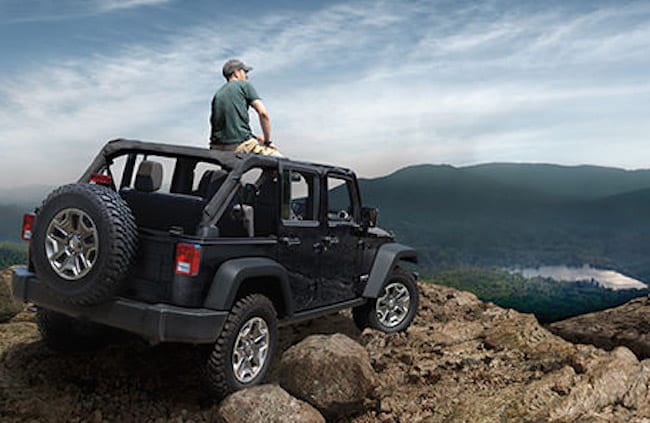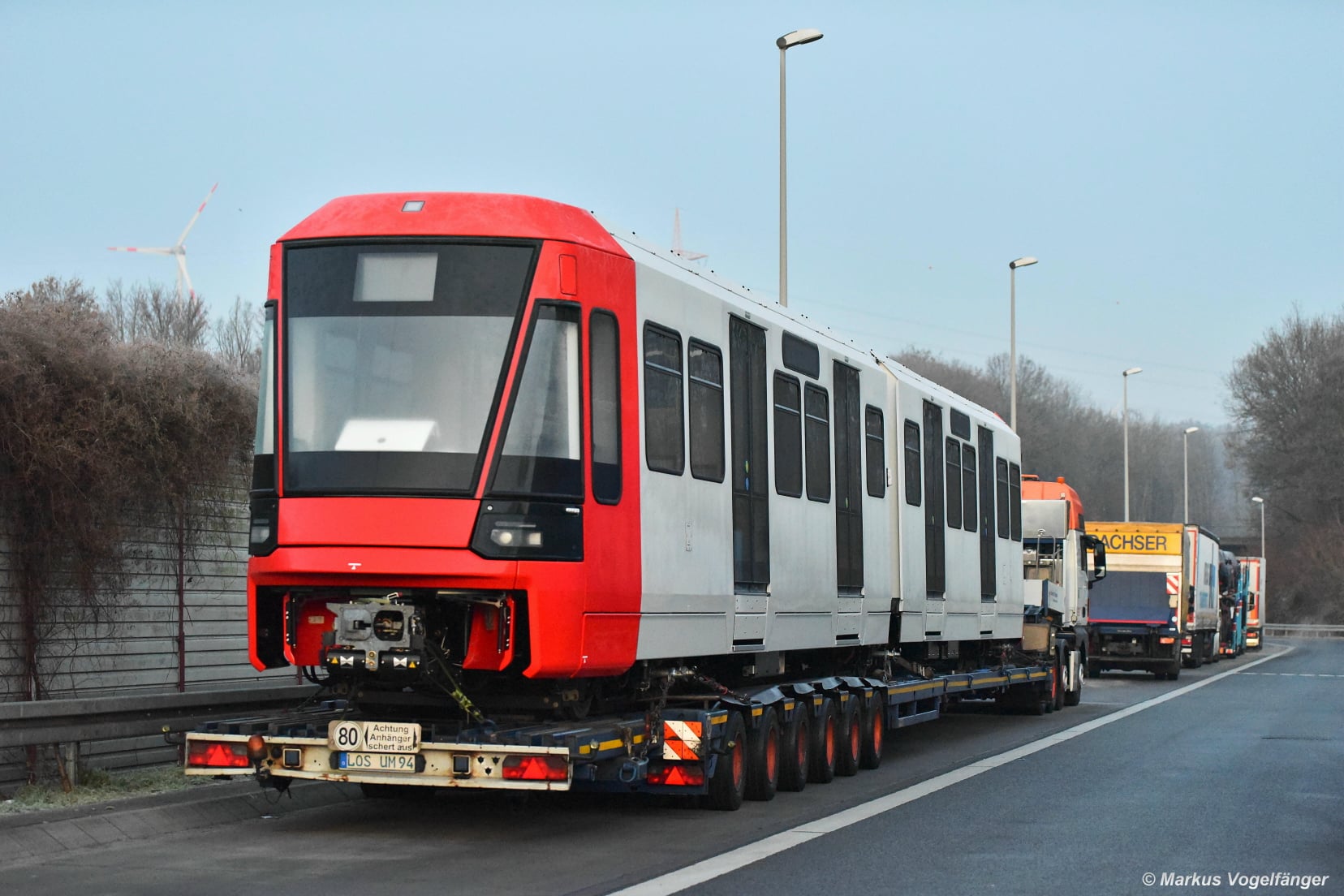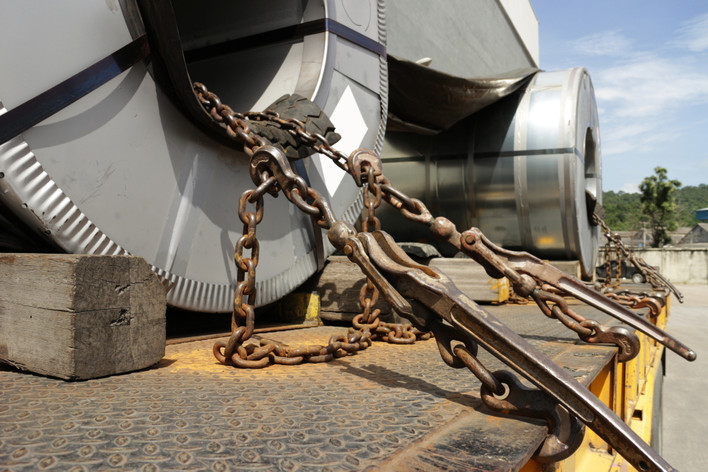
The Jeep is one of the most iconic vehicles in the world. Many of the brand’s faithful drivers see Jeep ownership as a lifestyle choice. Throughout history, the Jeep has been used in the military, off-road adventuring, everyday driving, and more.
But, for all the prestige the Jeep brings to the auto world, it’s not without a fair share of issues.
Many consumers are so excited to drive a new Jeep off the lot they overlook some important information. In this post, we want to provide a handful of factors – both good and bad – to consider before purchasing or leasing a Jeep.
Let’s get moving.
Table of Contents
1. Con: There May Be Excessive Wear
Jeeps are renowned for their off-road ability. As great as these capabilities are, the flip side is the Jeep may have serious wear. Some people purchase Jeeps purely for off-roading. While the odometer reading may be low, it doesn’t necessarily mean the vehicle is in tip-top shape.
When buying a used Jeep, the best thing you can do is look at the undercarriage. This is the best way to tell how much life the Jeep truly has left.
Look for signs of excessive rust in the frame and other parts of the undercarriage. If the components look like they are rotting, you are more than likely looking at a money pit.
Most Jeeps are built with Skid plates to protect the undercarriage from obstacles while off-roading. The condition of the skid plates is a clear indication of how the previous owner pushed the vehicle. If the plates look extremely worn, the vehicle has likely taken a beating.
2. Pro: Jeeps Generally Hold Value Very Well
Perhaps the greatest aspect of buying a Jeep is the resale value. Jeeps are usually able to hold onto their value better than most competitors. There is always a demand for used Jeeps.
The Jeep Wrangler depreciates at a low average of 9.2 percent over five years.
“Jeep Wranglers are known for retaining their value due to their enthusiastic fan base, as well as their durability and performance across all terrains, especially off-road. Jeep Wranglers also have maintained their iconic design, so even older models don’t appear dated,” says iSeeCars Executive Analyst Karl Brauer.

The common perception of new vehicles is the value is cut in half the second you drive it off the lot. This may be true for many vehicles out there, but Jeep is a rare exception.
3. Con: Some Models Are Known for Transmission Problems
Jeep transmission problems have plagued the automaker since the mid-2010s. These factory mistakes can be identified in a few different ways, including (but not limited to):
- Loss of power
- Poor engine performance
- Oil leaks
- Hard shifting
- Trouble accelerating
- Overheating
- Poor response times
- Shaking/shuddering
- Stalling
- Delayed gear engagement
Leaking transmission fluid is one of the telltale signs there is something wrong. Normally transmission fluid is a pink or orange color. But if the transmission is damaged, it can be much darker. Other signs of transmission problems in Jeeps include sudden jerking, stopping, and/or jumping. This typically means the transmission is slipping when changing gears.
The most affected Jeep models are:
- Jeep Cherokee (2015-2020)
- Jeep Grand Cherokee (2015-2020)
- Jeep Compass (2015-2020)
- Jeep Renegade (2015-2020)
- Jeep Wrangler (2015-2020)
The good news is the law may be on your side if you purchased one of these vehicles. Lemon law exists across the country to hold manufacturers accountable for selling defective vehicles. While most states only have laws for new vehicles, some cover used.
For instance, if you purchased one of the older Jeep models from a used car dealership in California, you would likely have a 30 day/1,000 mile dealer warranty. If you report a transmission problem within the terms of the warranty – and the dealer can’t fix it – you can file a lemon claim for a full refund with the help of a California lemon lawyer.
Transmission problems can be extremely dangerous – and sometimes fatal. If your new or used Jeep is experiencing any issues with the transmission, get it checked out immediately.
4. Pro: Parts, Repairs, and Accessories Are Uniform Across Models
Maintenance is one of the most important things to consider when buying any vehicle. One of the greatest aspects of owning a Jeep is the accessibility to parts. Jeep uses similar parts across all their models.
For example, the Wrangler uses most of the same parts and accessories as the models made five years ago – with some slight updates. This means repairs and upgrades can be made very easily by a skilled mechanic.
5. Caution: Off-Road Capabilities Do Not Always Translate to Smooth City Driving
The capabilities of Jeep models are truly spectacular. If you purchase an off-road Jeep – even for occasional off-roading – it’s important to understand that Jeeps handle differently than your typical sedan. Jeeps have a relatively tall center of gravity with specialized suspension.
Moreover, most Jeep models do not have exceptionally good gas mileage. Most models get anywhere from 17 mpg city to 23 mpg highway. Some of the newer models can get around 25 mpg on the highway.
Before you purchase a Jeep, consider your daily commute. Understand how much you will be driving the vehicle on paved streets versus off-road. If you will have a good balance, you may want to consider buying tires that function well both on and off-road.
Over to You
Purchasing a Jeep is very exciting. The thought of potential adventures is enough to make an impulse buy. Before you open your wallet, it’s important to realize the purpose your Jeep will serve, and everything that may factor into its longevity.
Hopefully, this post has given you a few items to be aware of before you make a big decision.
Author Bio: Brian K. Cline’s Lemon Law Legal Group provides premier legal services. Our California lemon law lawyers aggressively and ethically force vehicle manufacturers to buy back defective and dangerous vehicles. Our team includes experienced trial lawyers with over 40 years of combined trial experience.








